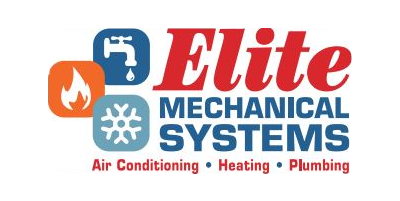It’s easy to take your home’s sewer lines for granted. When you flush the toilet, drain a bath, or run the garbage disposal, the water and waste disappear down the drain, never to be seen again. But it wasn’t always like this. Before the days of modern plumbing, waste flowed through the streets, and illnesses from poor sanitation were common. Consider the problems with raw sewage exposure that city dwellers once faced and the issues still facing homeowners today.
Historic Sewer Systems & Health Problems
If you lived in a fast-growing, 16th-century European metropolis, several juxtaposing sights and smells greeted you every day. There were the open-air markets filled with the aromas of freshly baked bread and hand-picked vegetables. But at your feet were the shallow roadside trenches of human excrement flowing toward the nearby cesspool. Along with watching your step, you needed to dodge human waste that occasionally flew out of second-story windows onto the street below.
Historic sewer systems were much more noticeable back then, and the public suffered for it. In medieval Europe, huge numbers of people died from cholera, typhoid fever, and dysentery, which spread from drinking sewage-contaminated water. Plague transmitted by fleas was also a common problem.
How You Can be Exposed to Raw Sewage Today
Modern centralized sewer systems and water treatment plants help to ensure clean drinking water for all. But that doesn’t mean raw sewage exposure is extinct. The most common ways you can be exposed to raw sewage today include:
- Overflowing toilets: A clogged toilet can easily overflow if you don’t remove the clog quickly and effectively. After a few failed plunging attempts, call an emergency plumber for help.
- Overflowing septic tanks: Septic tank waste is a mixture of wastewater, organic waste, solid waste, and human excrement. Exposure to any of these things can cause health risks.
- Backed-up sinks and tubs: When a clogged sink or bathtub overflows, the sewer water it brings with it can be harmful to your health.
- Backed-up floor drains: During heavy rainfall, the sewer system can become overwhelmed and begin to back up into people’s homes. The lowest drain in a house, such as a basement floor drain, is most likely to have a problem.
Diseases Caused by Raw Sewage Exposure
- Campylobacteriosis: Symptoms of this disease include fever, bloody diarrhea, abdominal pain, cramping, nausea, and vomiting.
- Cryptosporidiosis: This waterborne disease causes a slight fever, diarrhea, loose or watery stools, upset stomach, and stomach cramps.
- Diarrheagenic E. coli: Drinking fecal-contaminated water can expose you to E. coli, resulting in fever, watery or bloody diarrhea, abdominal cramps, nausea, and vomiting.
- Gastroenteritis: Also known as the stomach flu, this infection causes fever, watery diarrhea, headaches, abdominal cramps, and vomiting.
- Giardiasis: The Giardia parasite spreads this disease, causing diarrhea, loose or watery stools, upset stomach, and stomach cramps.
- Hepatitis A: This viral liver disease is contracted from ingesting infected fecal matter. Symptoms include fever, fatigue, jaundice, abdominal pain, loss of appetite, nausea, and diarrhea.
- Salmonellosis: Caused by exposure to Salmonella, this disease can cause fever, diarrhea, and abdominal cramps.
- Dysentery: Ingesting contaminated fecal water can cause this disease, symptoms of which include fever, bloody diarrhea, and stomach cramps.
- Typhoid fever: A bacterial disease spread through contaminated food and water, this disease causes high fever, weakness, cough, headaches, stomach pains, and loss of appetite. Some people also experience a rash.
